Sep 2022
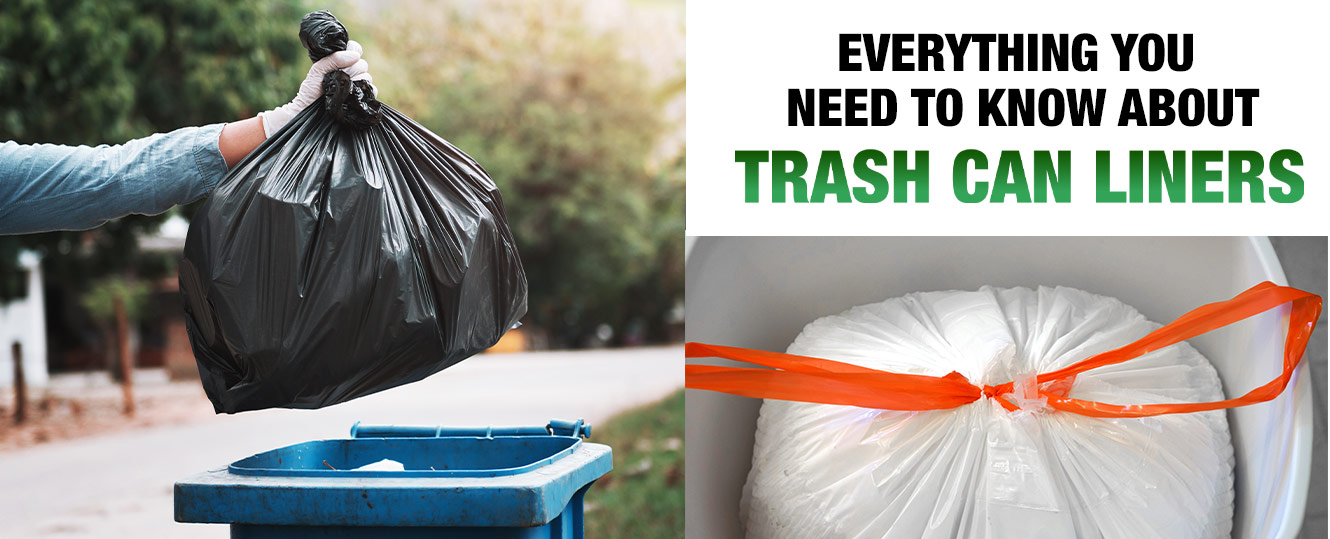
Trash can liners, while often overlooked, play a vital role in the everyday operations of any business. With so many options available on the market today, it can be hard to determine which trash can liner is best for your business’s specific hygiene needs. That’s why we decided to put together this comprehensive guide to trash can liners that covers everything from thickness to sustainability, so you can focus on cleaning instead of wondering which trash can liner is best for you.
High Density Vs. Low Density
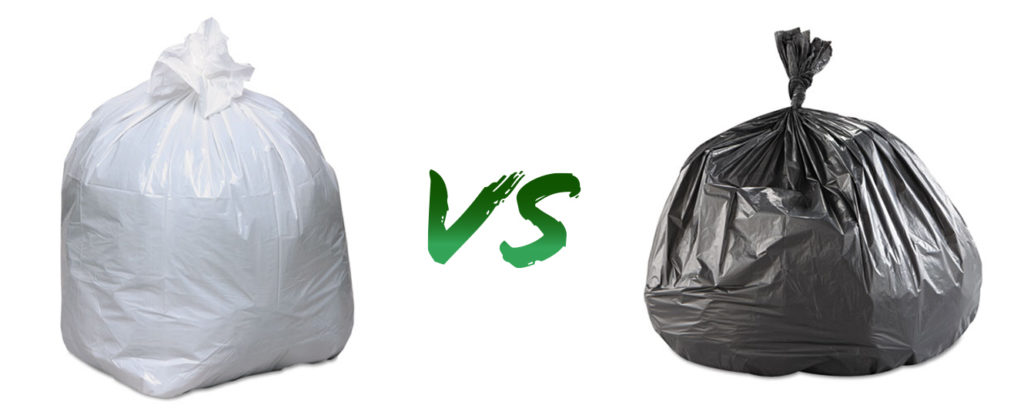
The first thing to consider when choosing a plastic trash bag or can liner is the density and strength needed for the job.
Made with less plastic, low-density trash bags are less expensive and easier to store. If your office waste is primarily light weight and dry, like paper scraps or crumpled up notes, then there’s no need for a more expensive, high-density bag. Low density trash bags are usually clear or translucent, which is handy for sorting after the bag has been sealed.
High-density trash bags have superior puncture resistance, which means they’re less likely to rip during use. They also do well in high temperature environments where less robust plastic can melt, like kitchens. With high quality liners that are thicker and stronger, you can put your most heavy-duty waste into these without worrying about tearing or bursting. Some people even use them as their kitchen garbage liner, so they don’t have to worry about leaks while taking out the trash.
Microns and Mils: Two Ways to Measure the Same Thing
Microns and mils are two different ways to measure plastic thickness. For those of you taking notes, a micron is one thousandth of a millimeter, while a mil is one thousandth of an inch. Instead of spending a lot of time talking about math, let’s just all agree that mils are used to measure the thickness of low-density liners, and microns measure high density liners, and the higher the number the thicker the plastic. Be on the lookout for these measurements when selecting your trash bags.
Three Types of Seals
The seal refers to what we think of as the bottom or sealed end of the trash bag. There are three typical seals to choose from, and each satisfies a particular waste management need.
Star Seal
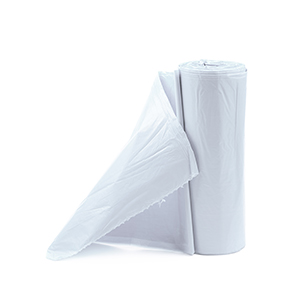
The star seal is a common design of trash bag and can liner that eliminates gaps along the seal where leaks can occur. This allows the bag to conform more easily to the shape of the container and evenly distributes the weight of the waste around the bag. Star seal liners maximize the bag’s carrying capacity and virtually eliminate leaks.
Flat Seal
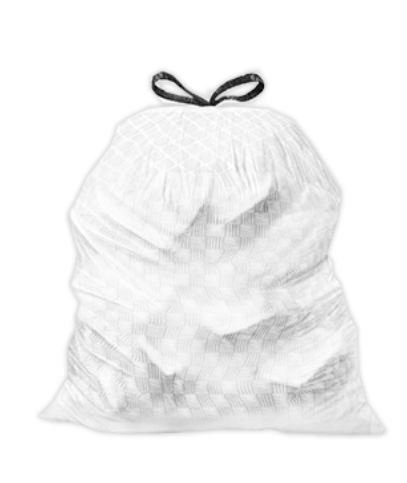
A flat seal is as basic as it gets: a two-dimensional bag with a sealed bottom. Flat seal bags can be clumsy to handle but are generally leak-proof. While they don’t conform well to the shape of the can, if you aren’t trying to maximize space but are trying to save money on can liners, a flat seal may work for you.
Gusset Seal
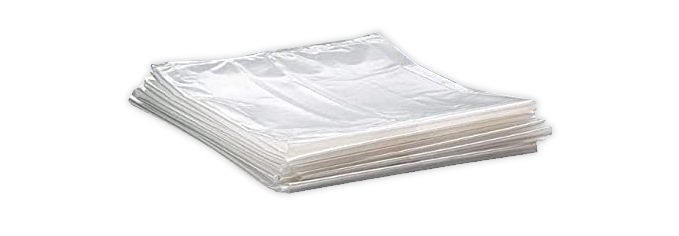
A flat style bag manufactured with both sides tucked in to form gussets. Where indented, the bag has to be sealed through four layers of film, while the middle of the bag has only two layers. This creates reinforced sides, good for carrying wide loads with sharper edges.
Eco-Friendly Alternatives to Plastic Trash Bags
Similar in feel and performance to typical plastic bags, controlled life-cycle plastic bags are created to more easily decompose and return organic materials to the bicycle. If your business primarily creates food waste or other compostable material, these are the bags for you.
